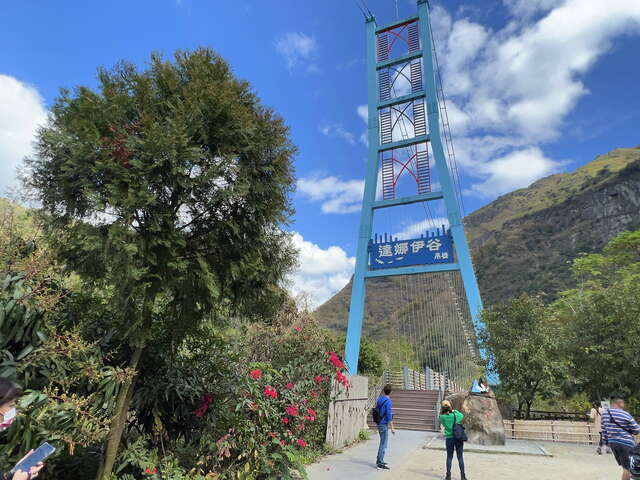Danaih Valley Natural Ecological Park Introduction
Dana'an Valley Creek is located in the Shanmei Village of Alishan Township, Chiayi County, and is an important catchment area for the Zengwen River upstream, known for its abundant production of fish commonly referred to as "bitter flower" (bitterling). In the past, the ecology of the creek was severely damaged by the use of poison and electric fishing by outsiders, which also affected the villagers' drinking water safety. To protect this precious natural resource, former township chief Gao Zhengsheng initiated a conservation plan in 1985, where villagers collectively contributed their fishing grounds to establish the "Creek Conservation Association." The conservation plan began a series of negotiations and planning in 1985, and in 1989, the "Conservation Team" and "River Protection Committee" were formally established. Villagers voluntarily patrolled the area to prevent illegal fishing and strengthen river pollution prevention efforts. After years of effort, the creek has become clear again, fish have returned, and the ecosystem is gradually recovering. In 1992, Shanmei Village received the Model Award for Natural Ecological Conservation from the Council of Agriculture, and in July 1994, the "Shanmei Community Development Association" was founded. In 1995, the "Dana'an Valley Natural Ecological Park" was opened, and in 2002, due to conservation achievements, it was awarded the Presidential Cultural Award. Today, the "Dana'an Valley Natural Ecological Park" has become an emerging tourist attraction in the Alishan area, and the success of ecological conservation has also promoted the development of local agriculture and tourism industries. In recent years, Dana'an Valley has introduced the only "water restaurant" in Taiwan, providing visitors with a unique dining experience alongside the clear creek, where they can enjoy Tsou indigenous cuisine. The Dana'an Valley Suspension Bridge can be seen overhead, surrounded by lush green valleys and the soothing sounds of the creek, making it feel like being in a natural landscape painting. The best times to visit are during the dry season in March, April, September, and October, when water levels are moderate, and the climate is pleasant. Activities during the tour include DIY bamboo cup making, Tsou cultural tours, fish watching, and performances of Tsou music and dance, allowing visitors to deeply experience the village culture and natural ecology. It is important to note that the path to the water restaurant is rugged and requires about a 10-minute walk, so it is recommended to evaluate one's physical condition. Additionally, for safety purposes, it is necessary to wear life jackets throughout the meal and follow the staff's instructions. In case of bad weather, a rainy backup plan will be activated for indoor dining and other experience activities.





































